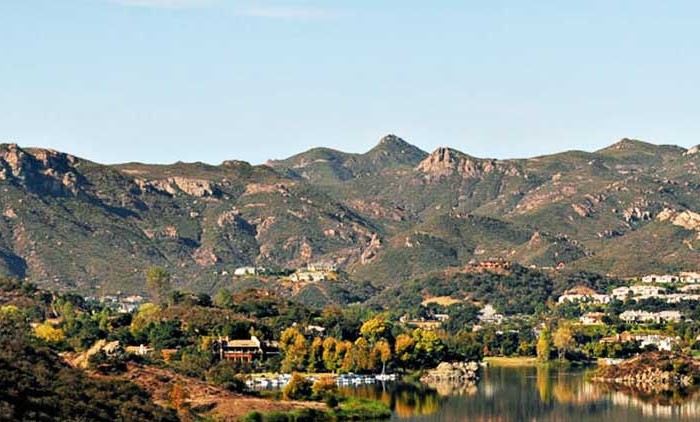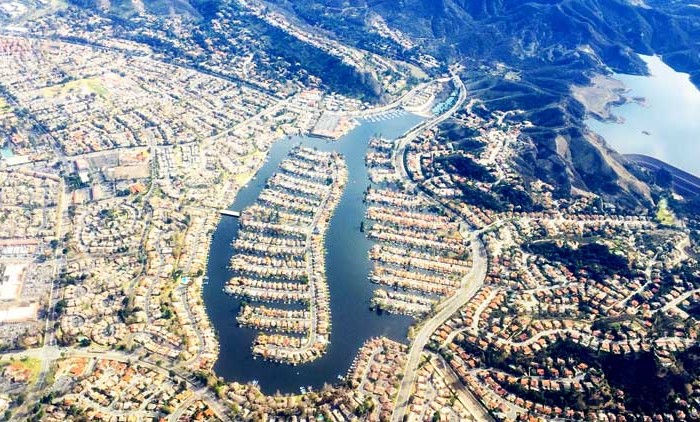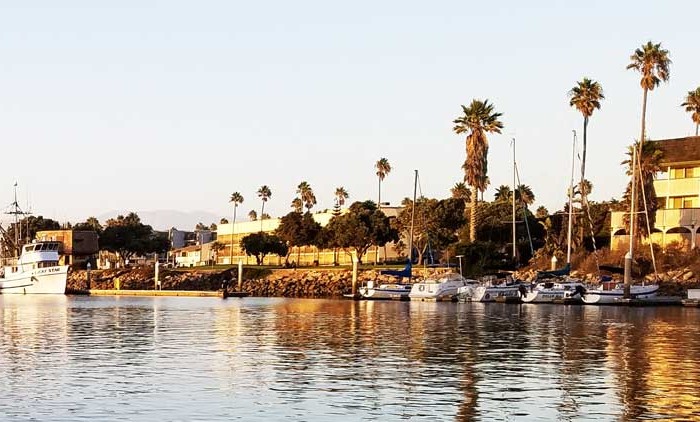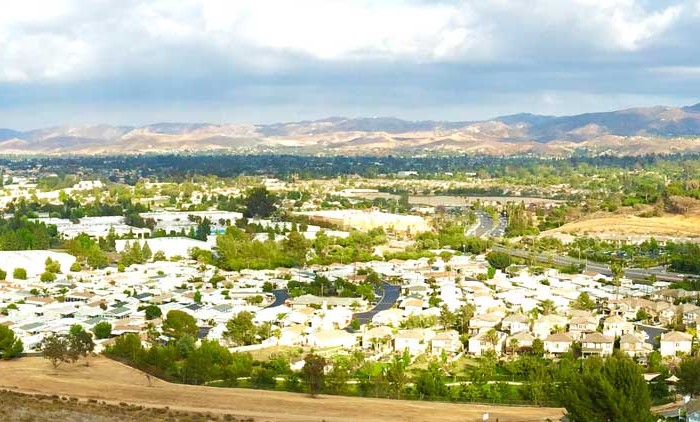Homes, condos and land for sale and rent in Simi Valley, CA
According to crime statistics by the FBI in 2013, Simi Valley is the seventh-safest city in the U.S. with a population of 100,000 or more. The U.S. Census Bureau of 2012 reported a median household income of $87,894, which is higher than the California median of $70,231 and the national average of $62,527.
For a brief time, its postal address was known as Simiopolis, though it was soon shortened again to Simi by 1910. The first public school was built in 1890 in the northeast but was torn down in 1926. There was also a great deal of destruction caused by a flood in 1952. The city incorporated as Simi Valley in 1969, when the area had only 10,000 residents. In 1972, Boys Town West was founded in the eastern end of Simi Valley. The youth camp/home facility is based on an older larger one in Boys Town, Nebraska.
The Census reported that 123,577 people (99.5% of the population) lived in households, 482 (0.4%) lived in non-institutionalized group quarters, and 178 (0.1%) were institutionalized. There were 41,237 households, out of which 16,765 (40.7%) had children under the age of 18 living in them, 24,824 (60.2%) were opposite-sex married couples living together, 4,659 (11.3%) had a female householder with no husband present, 2,214 (5.4%) had a male householder with no wife present. There were 1,975 (4.8%) unmarried opposite-sex partnerships, and 291 (0.7%) same-sex married couples or partnerships. 7,087 households (17.2%) were made up of individuals and 3,013 (7.3%) had someone living alone who was 65 years of age or older. The average household size was 3.00. There were 31,697 families (76.9% of all households); the average family size was 3.33.
The population was spread out with 31,036 people (25.0%) under the age of 18, 11,088 people (8.9%) aged 18 to 24, 33,890 people (27.3%) aged 25 to 44, 35,046 people (28.2%) aged 45 to 64, and 13,177 people (10.6%) who were 65 years of age or older. The median age was 37.8 years. For every 100 females there were 96.6 males. For every 100 females age 18 and over, there were 94.4 males. There were 42,506 housing units at an average density of 1,006.1 per square mile (388.5/km²), of which 30,560 (74.1%) were owner-occupied, and 10,677 (25.9%) were occupied by renters. The homeowner vacancy rate was 1.2%; the rental vacancy rate was 4.6%. 93,181 people (75.0% of the population) lived in owner-occupied housing units and 30,396 people (24.5%) lived in rental housing units.
The largest division of Countrywide Home Loans, now Bank of America, Loan Administration, has been headquartered in the city since the mid-1990s. Operating from Madera Road in a building that once housed the apparel company Bugle Boy, the company also has facilities on Tapo Canyon Road, and First Street. At its height, Countrywide had approximately 10,000 employees in the city.
The Volkswagen of America Design Center was once in an industrial complex across from the Costco wholesale club near Madera and Cochran. The VW Design Center California or DCC, moved to Santa Monica, California in the spring of 2006. Such notable automotive designers as Jay Mays, now (2007) VP Design for Ford and Freeman Thomas, co designer with Jay Mays of the original Audi TT, once called the DCC in Simi Valley their place of work. The original concept for the New Beetle from Jay Mays, had its genesis there.
Other cities in Ventura county
Thousand Oaks Real estate for sale and rent
Homes, condos and land for sale and rent in Thousand Oaks, CA Thousand Oaks is a city in southeastern Ventura County, California, United States. It is in the northwestern part of the Greater Los Angeles [...]
Westlake Village Real estate for sale and rent
Homes, condos and land for sale and rent in Westlake Village, CA Westlake Village is a planned community that straddles the Los Angeles and Ventura county line. The eastern portion is the incorporated city of [...]
Oxnard Real estate for sale and rent
Homes, condos and land for sale and rent in Oxnard, CA Oxnard is a city in the United States, located along the coast of Southern California. It is the 19th most populous city in California [...]
Simi Valley Real estate for sale and rent
Homes, condos and land for sale and rent in Simi Valley, CA The city of Simi Valley (from the Chumash word, Shimiyi), in the eponymous valley, is situated in the southeast corner of Ventura County, [...]




